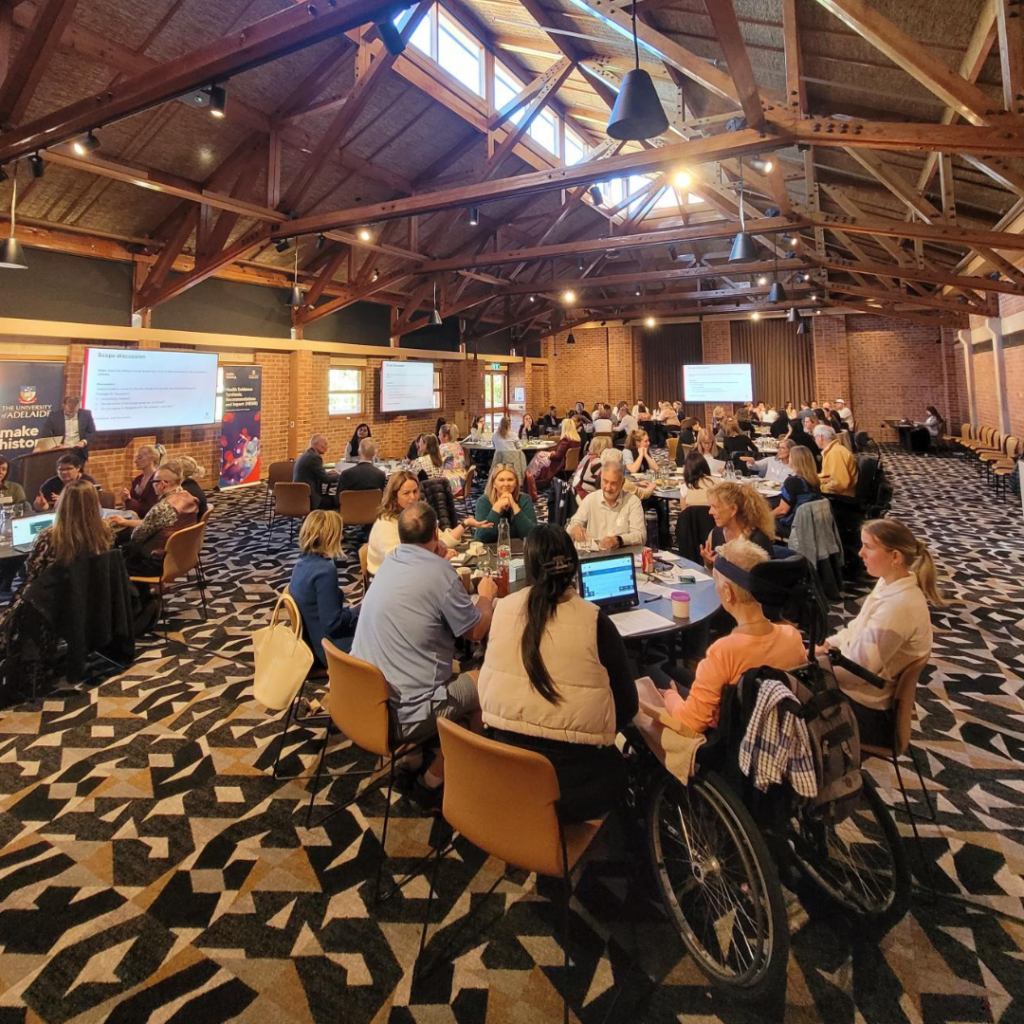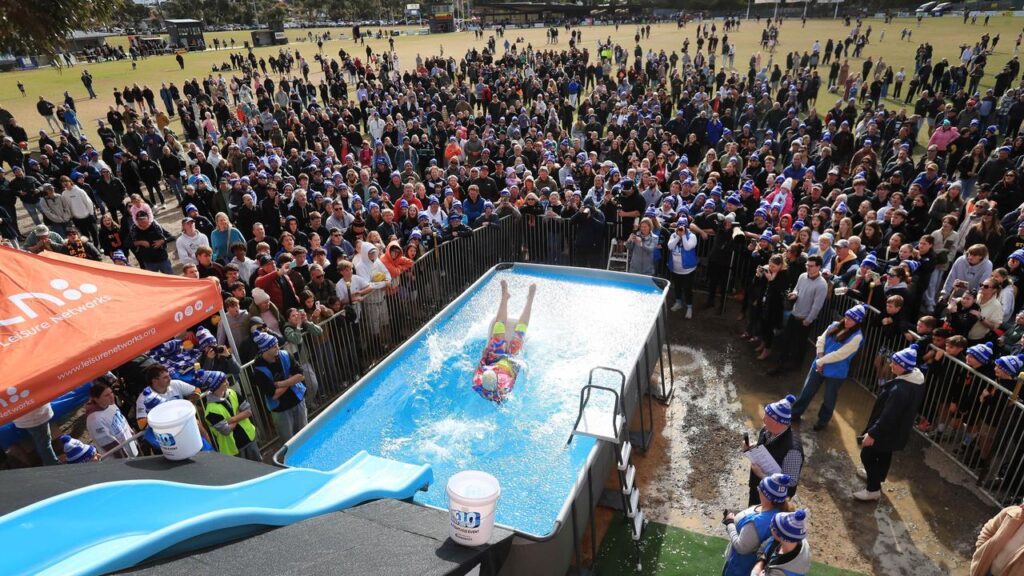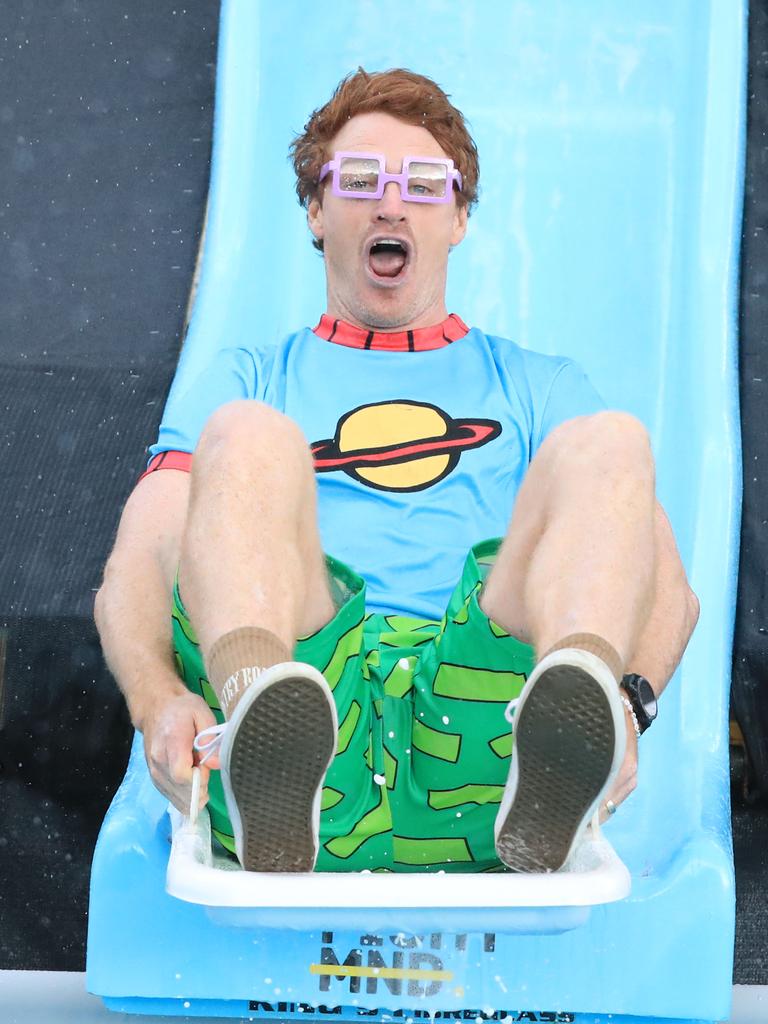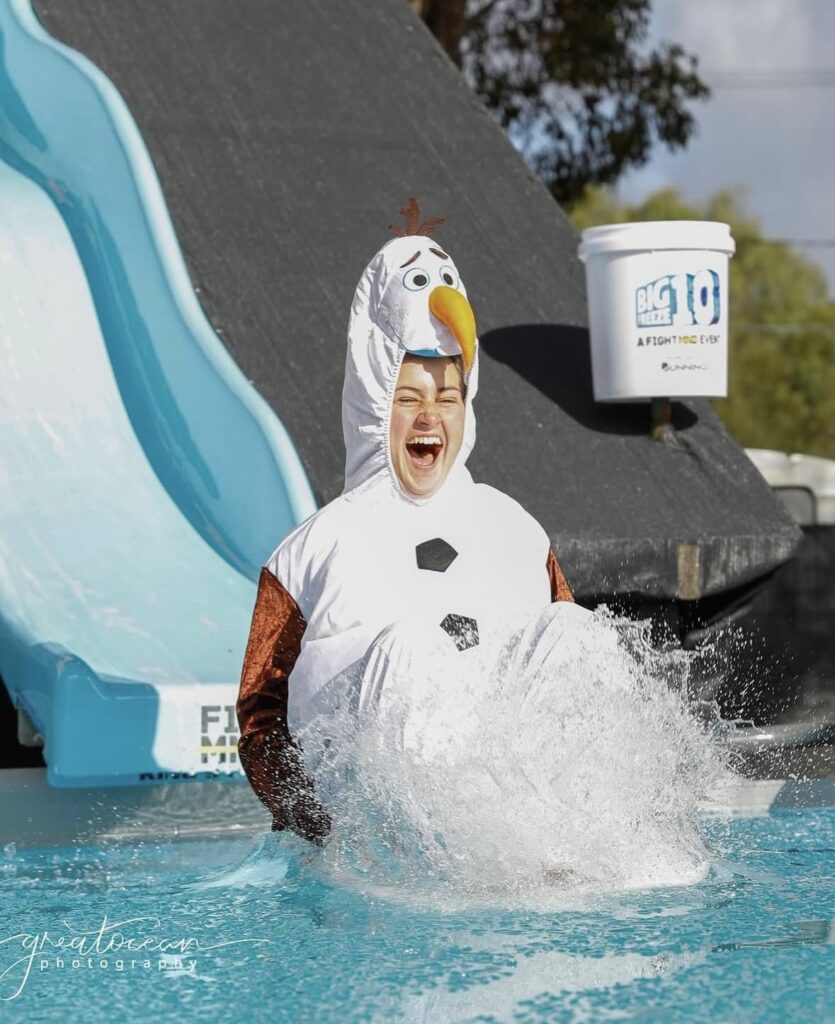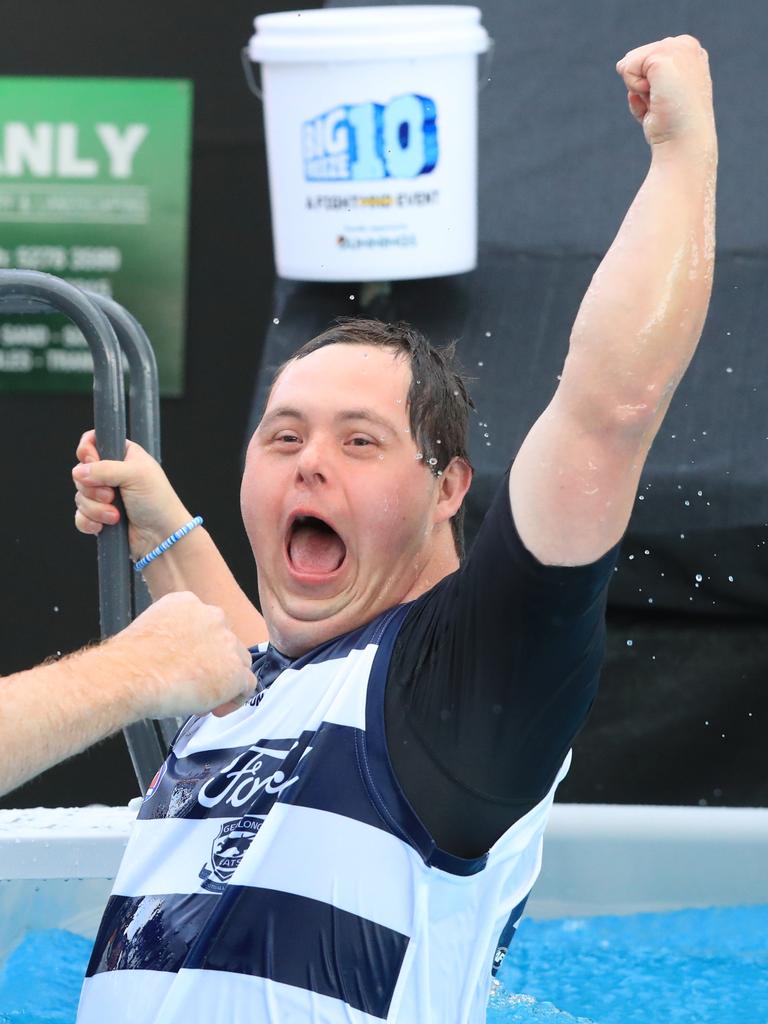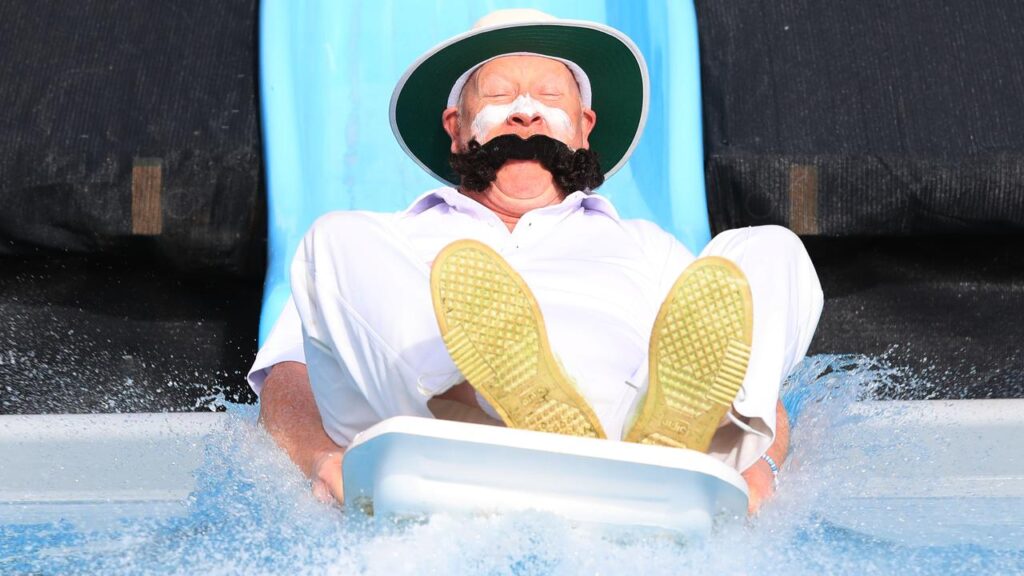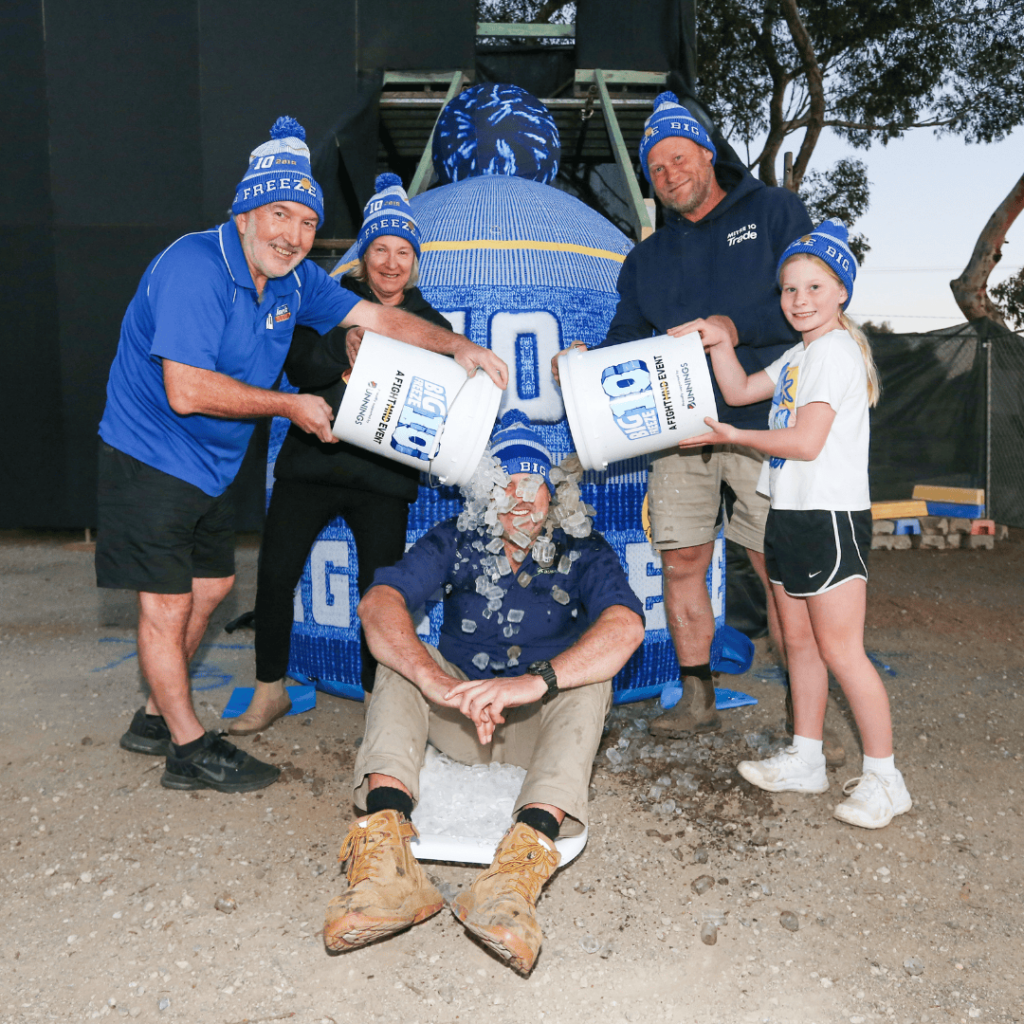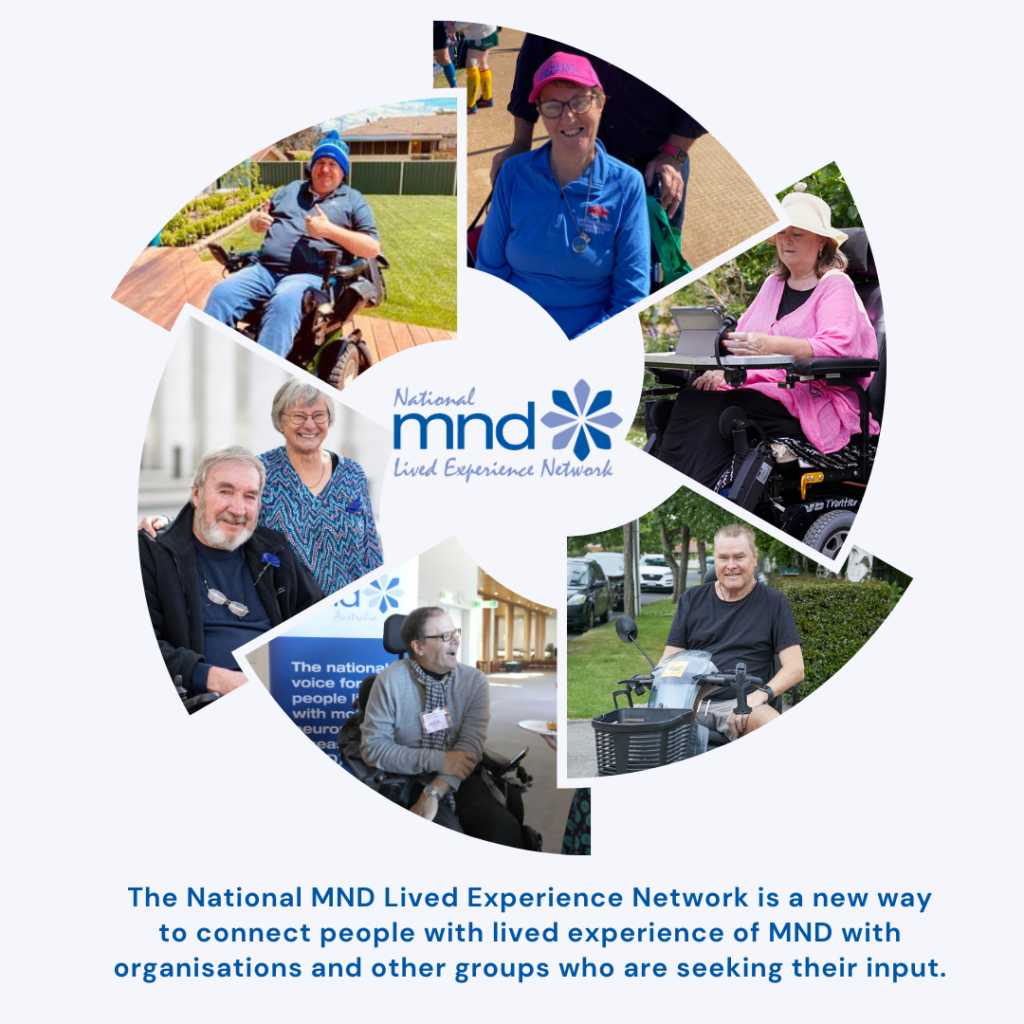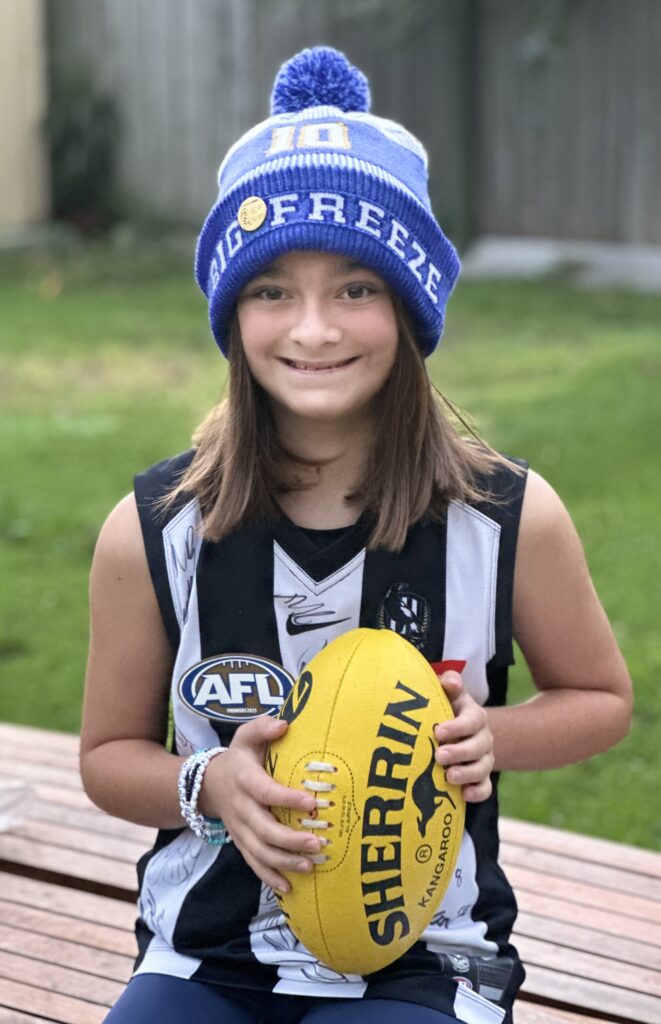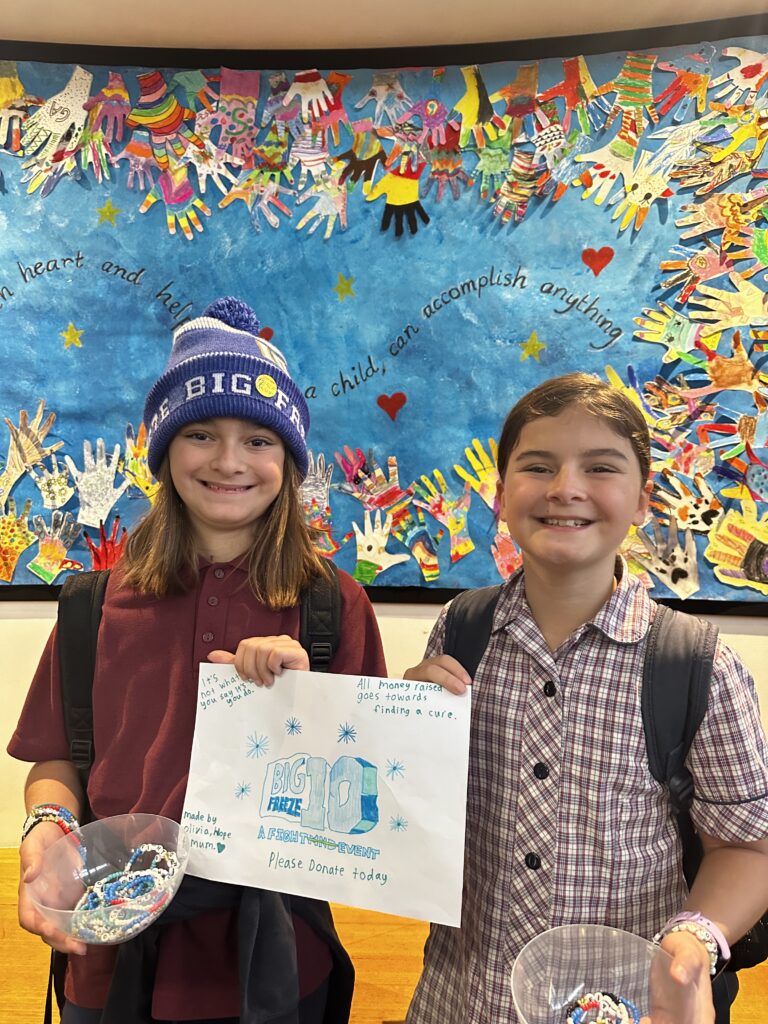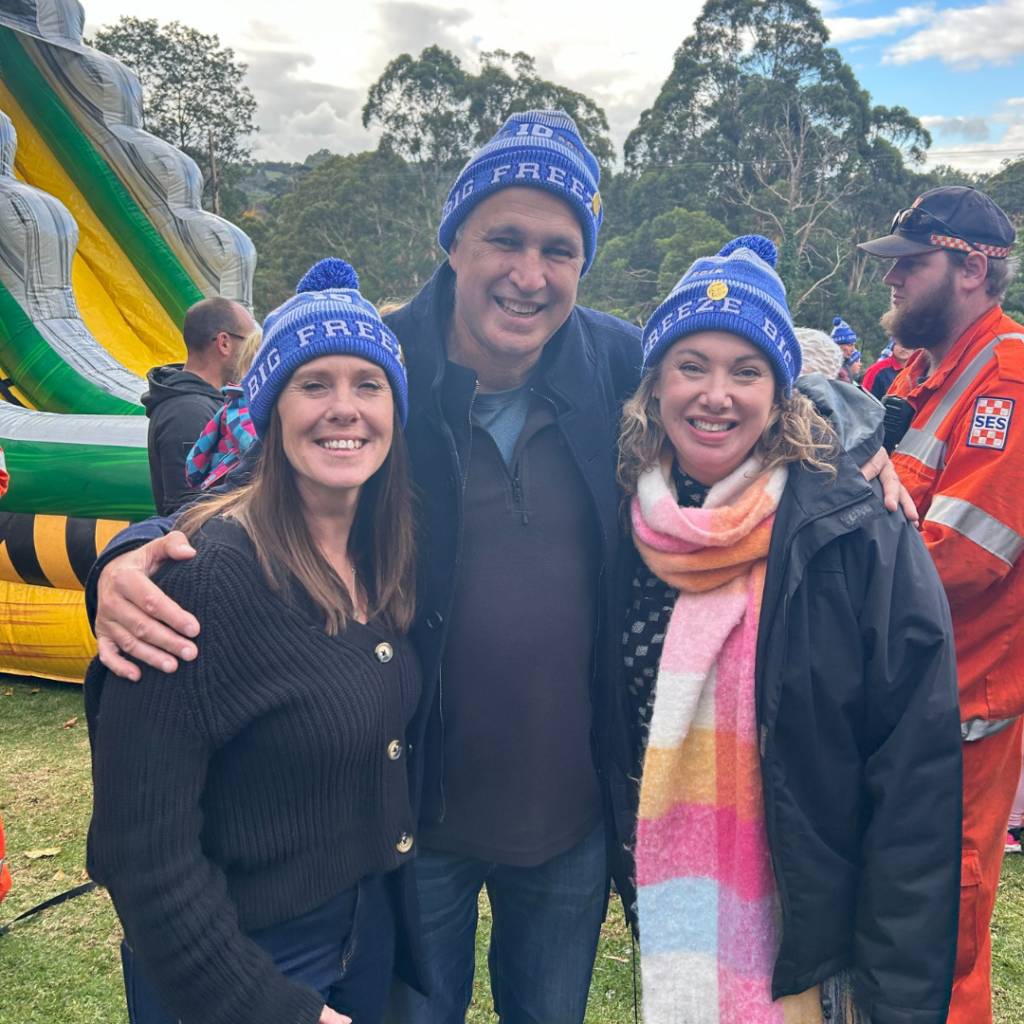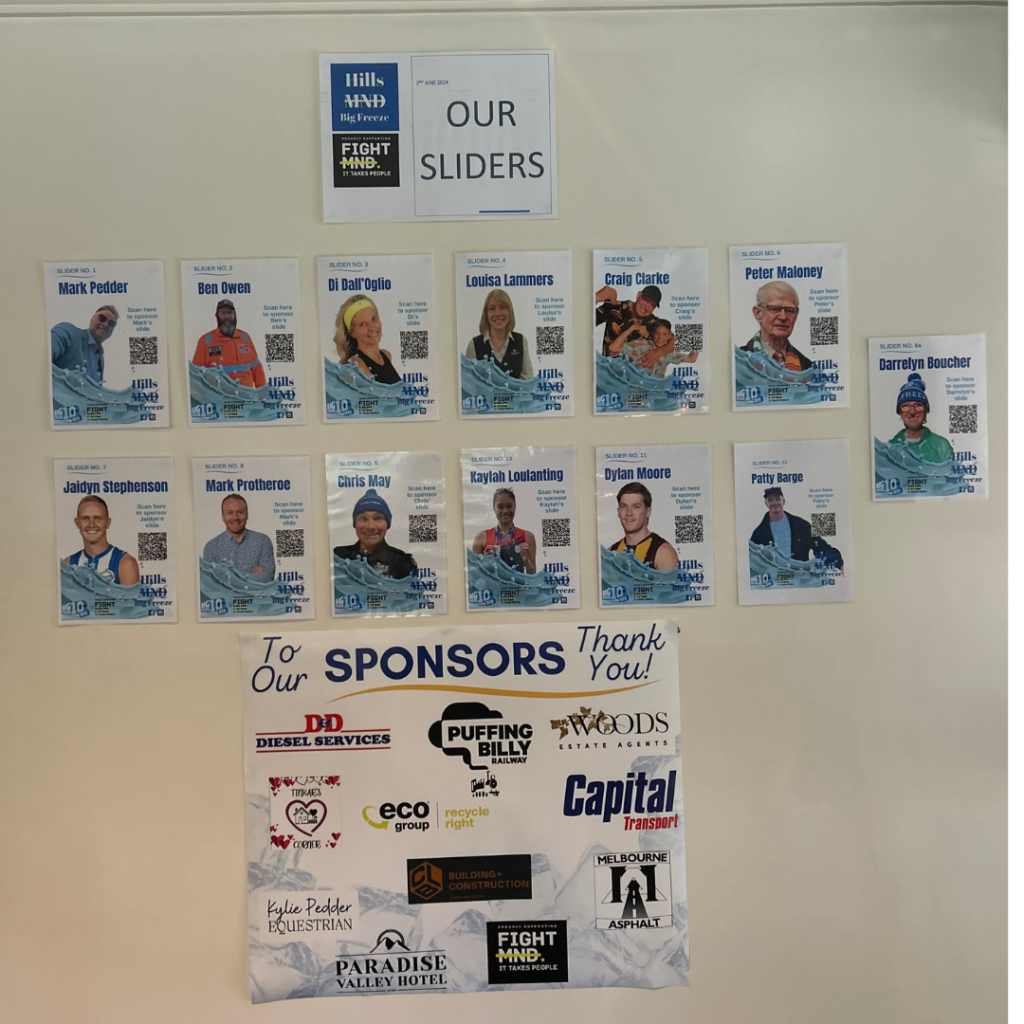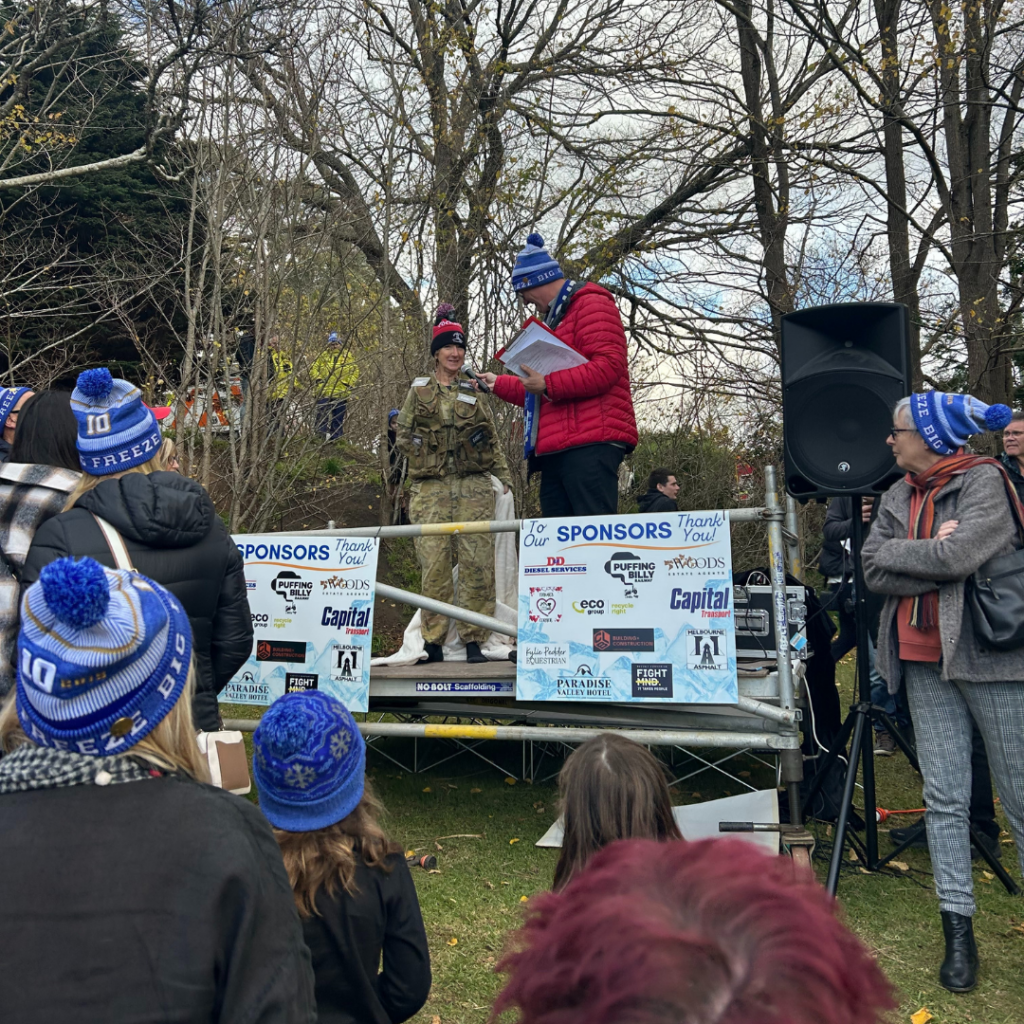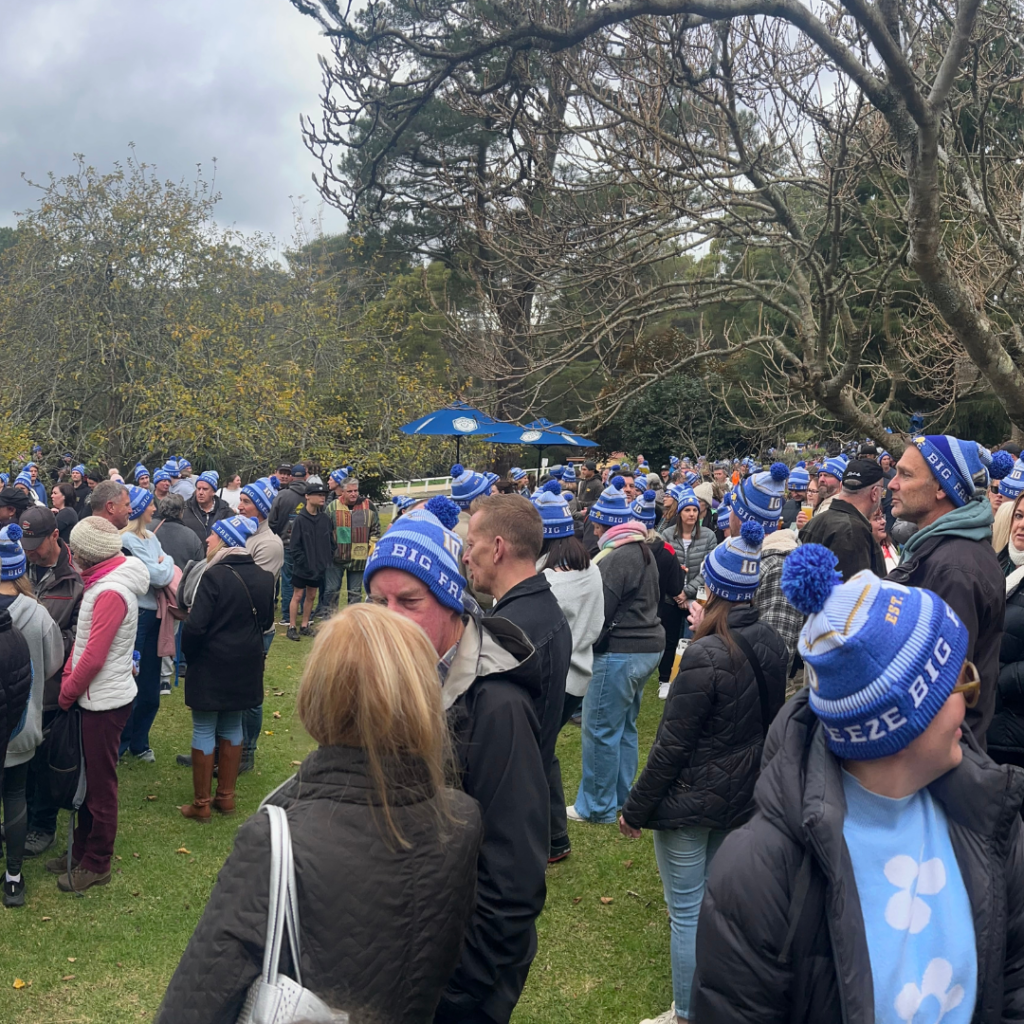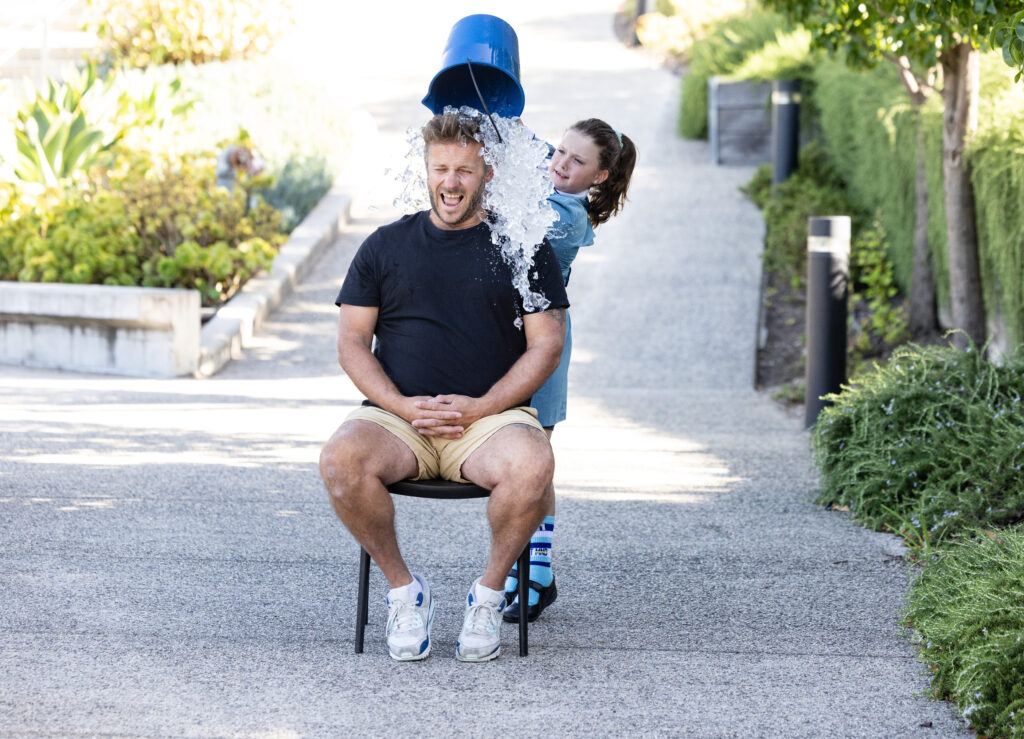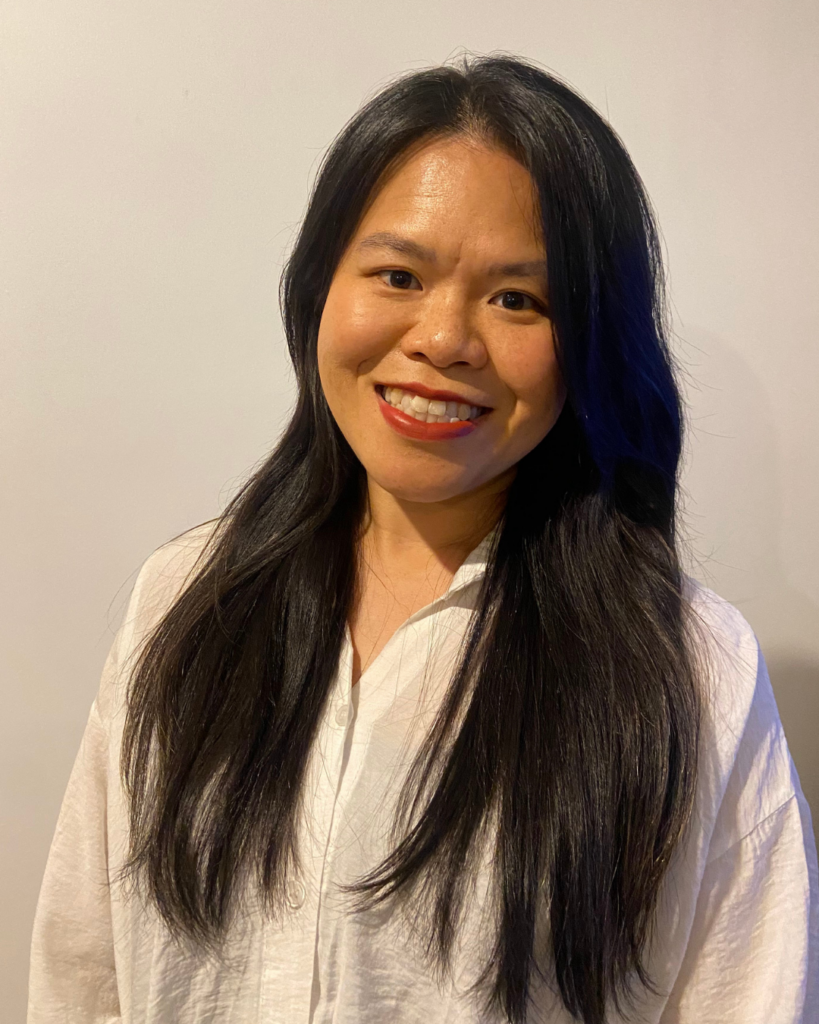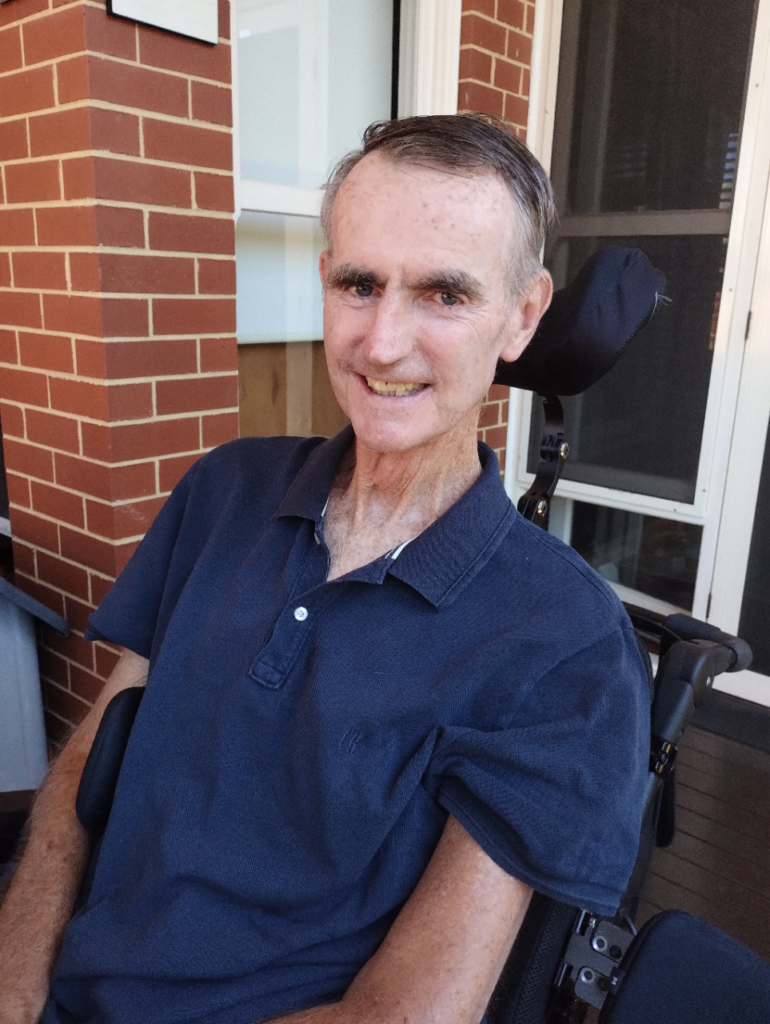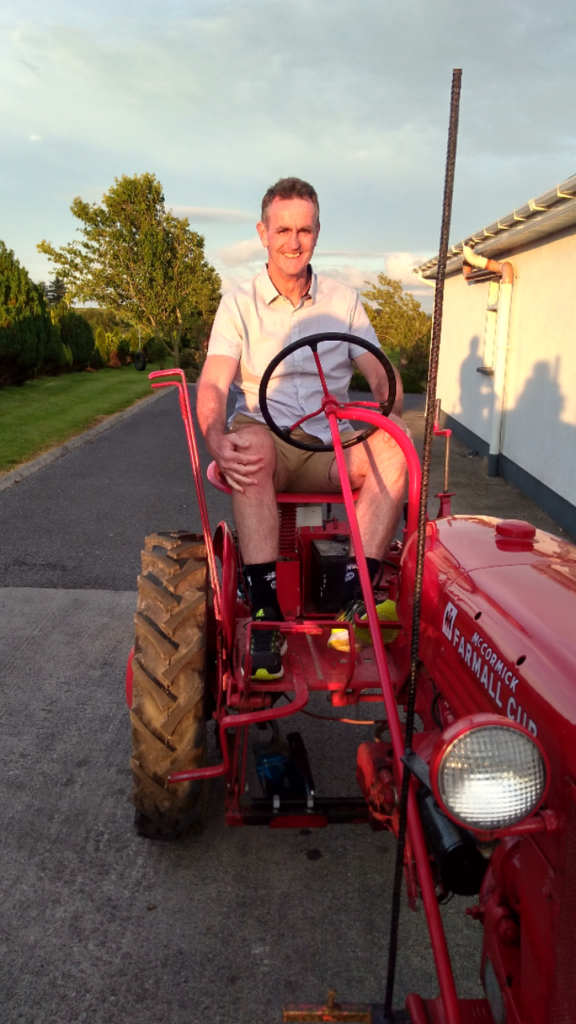Big Freeze 11 rolls into Flinders Street Station
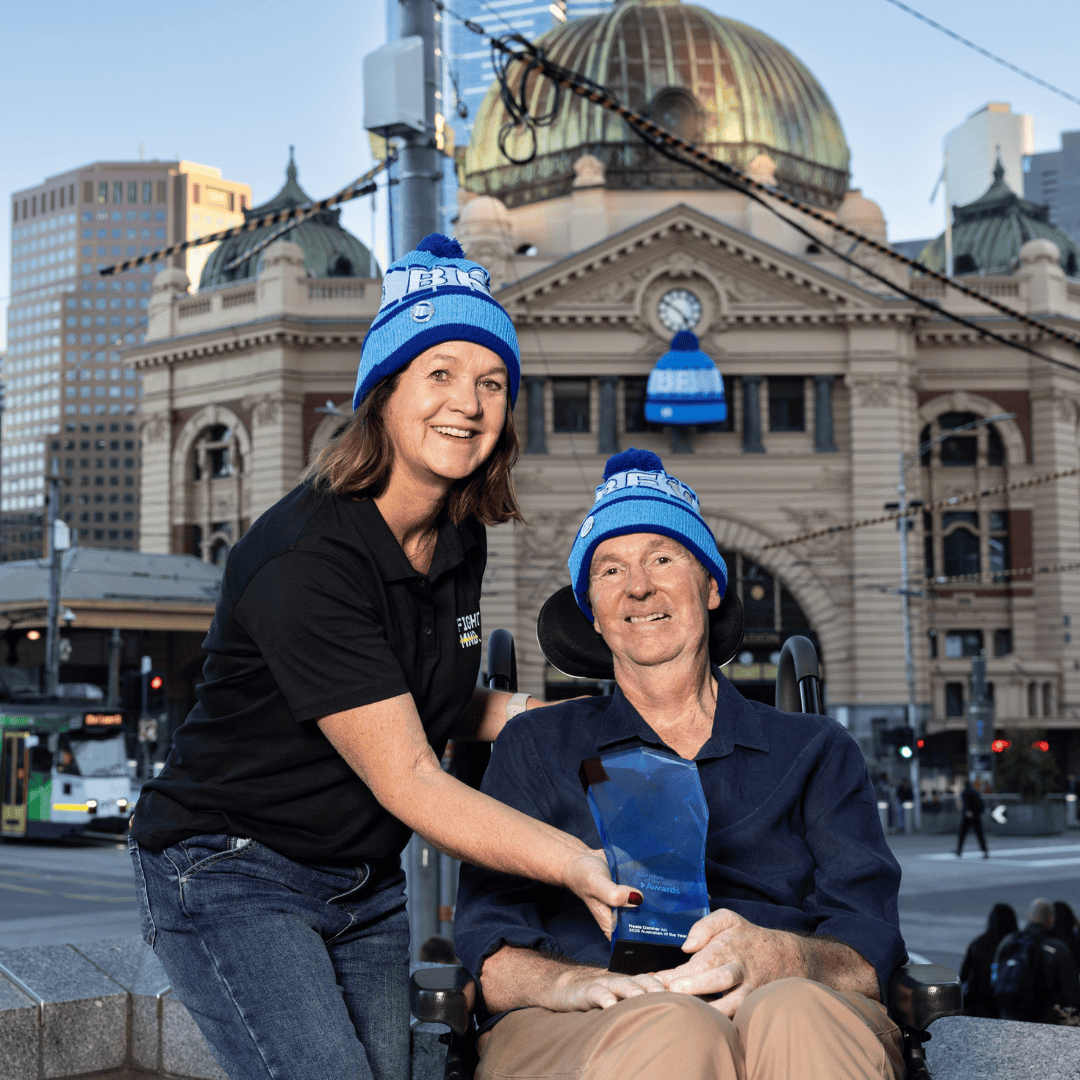
The Big Freeze 11 has arrived and FightMND is charging full steam ahead in the battle against motor neurone disease (MND). To celebrate, two Aussie legends have donned their brand new Big Freeze 11 Beanies – FightMND Co-founder Neale Daniher and the iconic Flinders Street Station. Yes! We found a giant inflatable Beanie big enough for Australia’s oldest and, in our opinion, most beautiful station.
Honouring FightMND Co-founder, patron and 2025 Australian of the Year, Neale Daniher AO, this year’s launch celebrates Neale’s groundbreaking contributions and the incredible strength of the Australian community. Year after year, Aussies have united to fight the Beast that is MND, showing unwavering support and solidarity.
For Big Freeze 11, FightMND is daring Australians to live it forward. Inspired by Danish philosopher Søren Kierkegaard’s wisdom “Life can only be understood backwards, but it must be lived forwards”, this philosophy resonates deeply with Neale Daniher’s reflections in his book When all is said and done. As Neale poignantly wrote, “I understand the wisdom of this, but right now I don’t have much forward left.”
Living it forward means seizing the moment and daring to craft a better future for those still in the fight and in memory of those who can no longer fight. It’s a call to action that inspires courage, determination, and hope in the face of MND.
The launch included our wonderful major campaign partners Coles Bunnings, AFL identities, players from Melbourne and Collingwood football clubs, stakeholders, partners, board members and supports. Each one turning it out to officially launch the Big Freeze 11 campaign ahead of the King’s Birthday clash when the Demons host the Magpies.
FightMND extends its thanks to the incredible partners who helped bring the Big Freeze 11 Beanie to Flinders Street Station. Metro Trains Melbourne, Element Rigging, RISING Festival, Clement Stone Town Planners, Heritage Victoria, the Centre for Design and Innovation at Swinburne University, Department of Transport and Planning, the City of Melbourne and Giants Inflatables.
This year FightMND is back to freeze the nation with activities planned right across this great southern land.
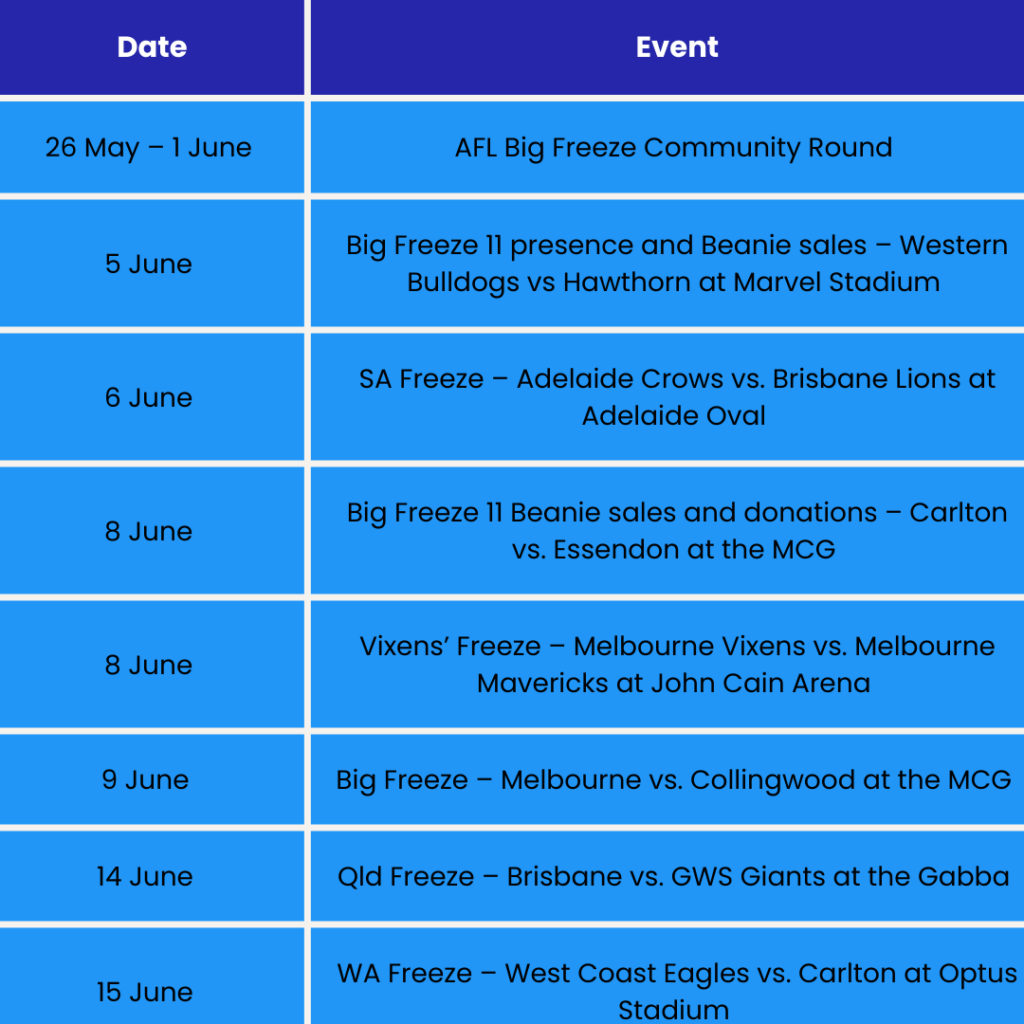
Founded a decade ago by Neale Daniher AO, Dr Ian Davis, and Pat Cunningham, FightMND’s original Big Freeze launched on Queen’s Birthday in 2015. Though Dr Davis and Pat’s wife Angie Cunningham have since passed away due to the disease, their legacy lives on in the continued fight against MND. FightMND continues to fund groundbreaking research into cure and care for those living with this devastating condition.
With more than $115 million invested into MND research and support projects, FightMND has made extraordinary progress in helping those affected by MND and their families. This incredible journey is powered by the generosity of the Australian public, partners, and government support. While significant strides have been made, the summit of this Everest lies ahead, and your support is critical to help reach it.
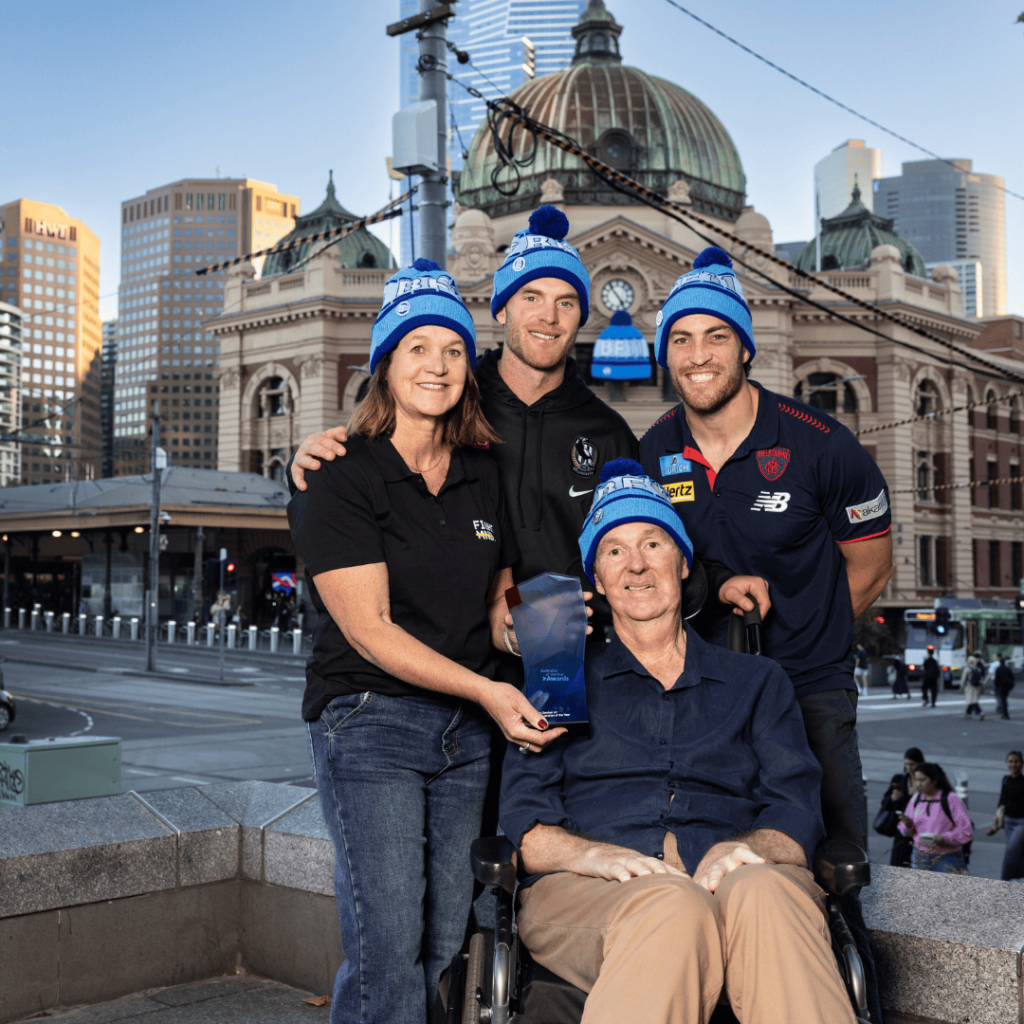

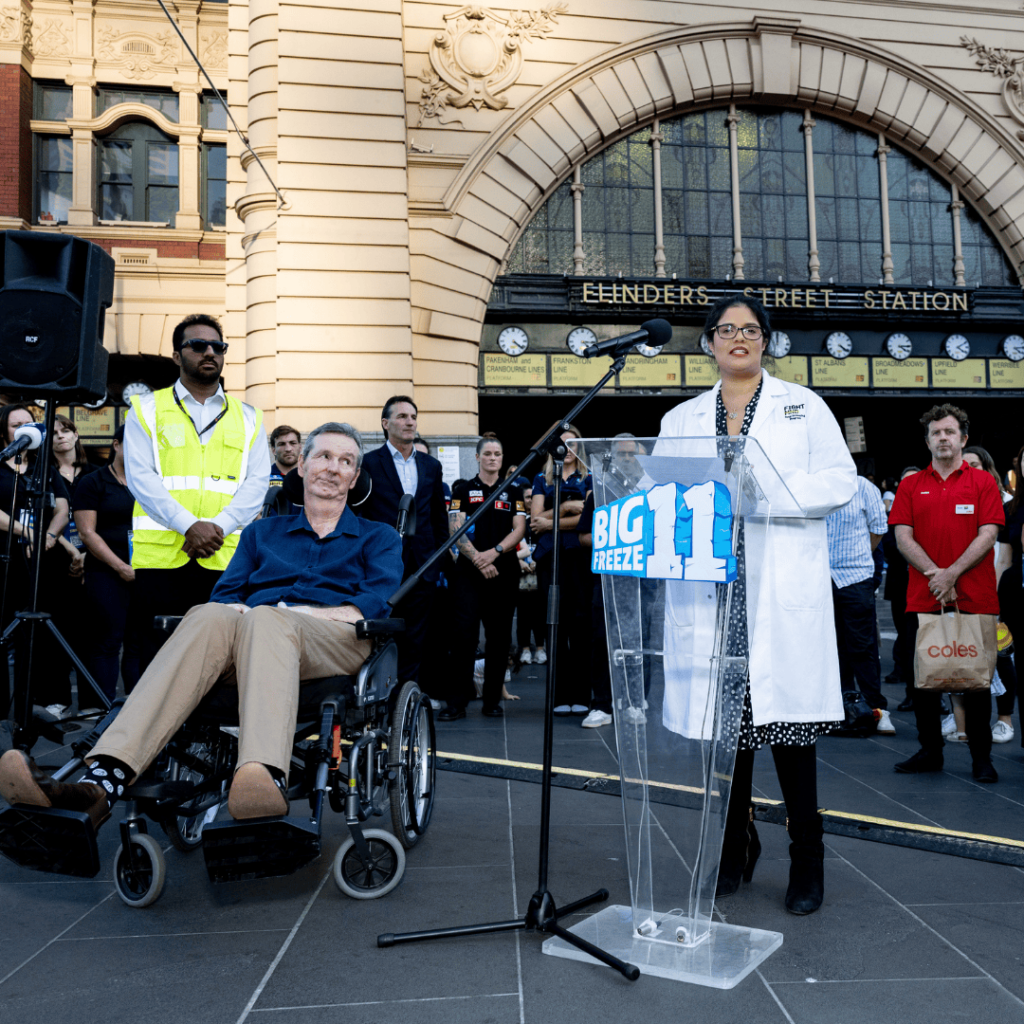
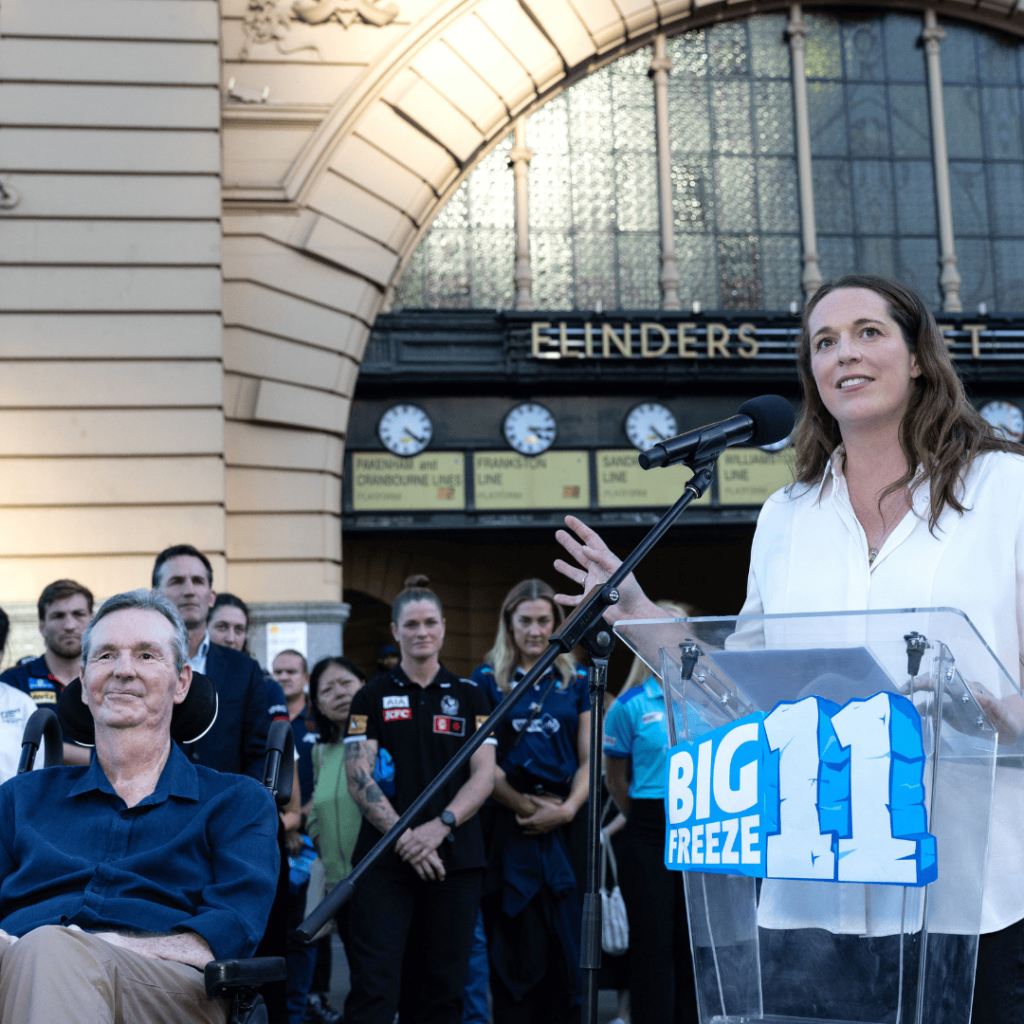
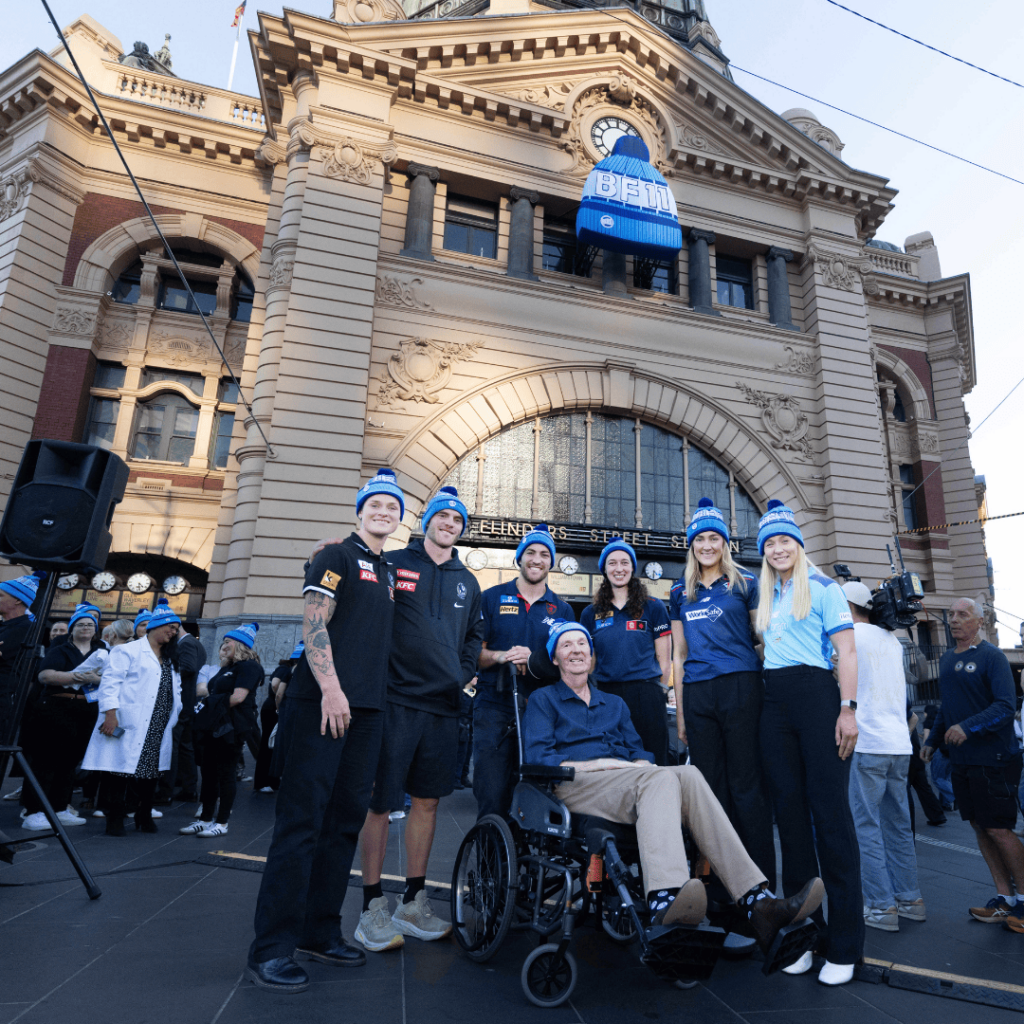

Grab Your Beanie and Join the Fight
The BIG Big Freeze 11 Beanie will remain at Flinders Street Station until 8 May. Volunteers will be selling Beanies at Flinders Street Station weekdays during peak hours.
If you can’t get to Flinders Street Station, don’t worry! You’ll still get a chance to support this incredible cause. Big Freeze 11 Beanies are available from 7 May from Coles, Bunnings, select Shell Reddy Express stores, or online at fightmnd.org.au
Show us how you’re living it forward this Big Freeze. Snap photos with your Beanie, host events, or come up with creative ways to freeze MND. Share your efforts on social media by tagging @fightmnd and using the hashtags #BigFreeze11, #LiveItForward, #TeamUpForBigFreeze11, and #FightMND.
Let’s live it forward this Big Freeze 11. Together, we can defeat the Beast.

